1. World Health Organization. WHO global strategy on people-centred and integrated health services: interim report. Geneva, Switzerland: World Health Organization;2015.
2. Baxter S, Johnson M, Chambers D, Sutton A, Goyder E, Booth A. The effects of integrated care: a systematic review of UK and international evidence. BMC Health Serv Res. 2018; 18(1):350.
https://doi.org/10.1186/s12913-018-3161-3.

3. Alderwick H, Ham C, Buck D. Population health systems: going beyond integrated care (The King’s Fund Report). Boston (MA): Policy Commons;2015.
5. World Health Organization. Strengthening people-centered health systems in the WHO European Region: framework for action on integrated health services delivery. Geneva, Switzerland: World Health Organization;2016.
6. Han KT, Park EC, Kim SJ. Unmet healthcare needs and community health center utilization among the low-income population based on a nationwide community health survey. Health Policy. 2016; 120(6):630–7.
https://doi.org/10.1016/j.healthpol.2016.04.004.

9. Harrison F, Low LF, Barnett A, Gresham M, Brodaty H. What do clients expect of community care and what are their needs? The Community care for the Elderly: Needs and Service Use Study (CENSUS). Australas J Ageing. 2014; 33(3):206–13.
https://doi.org/10.1111/ajag.12118.

10. Ustun TB, Kostanjsek N, Chatterji S, Rehm J. Measuring health and disability: manual for WHO disability assessment schedule (WHODAS 20). Geneva, Switzerland: World Health Organization;2010.
11. Philip KE, Alizad V, Oates A, Donkin DB, Pitsillides C, Syddall SP, et al. Development of EASY-Care, for brief standardized assessment of the health and care needs of older people; with latest information about cross-national acceptability. J Am Med Dir Assoc. 2014; 15(1):42–6.
https://doi.org/10.1016/j.jamda.2013.09.007.

12. Reynolds T, Thornicroft G, Abas M, Woods B, Hoe J, Leese M, et al. Camberwell Assessment of Need for the Elderly (CANE): development, validity and reliability. Br J Psychiatry. 2000; 176:444–52.
https://doi.org/10.1192/bjp.176.5.444.

13. Alford VM, Ewen S, Webb GR, McGinley J, Brookes A, Remedios LJ. The use of the International Classification of Functioning, Disability and Health to understand the health and functioning experiences of people with chronic conditions from the person perspective: a systematic review. Disabil Rehabil. 2015; 37(8):655–66.
https://doi.org/10.3109/09638288.2014.935875.

15. Jelsma J. Use of the International Classification of Functioning, Disability and Health: a literature survey. J Rehabil Med. 2009; 41(1):1–12.
https://doi.org/10.2340/16501977-0300.

16. Dernek B, Esmaeilzadeh S, Oral A. The utility of the International Classification of Functioning, Disability and Health checklist for evaluating disability in a community-dwelling geriatric population sample. Int J Rehabil Res. 2015; 38(2):144–55.
https://doi.org/10.1097/MRR.0000000000000101.

17. Jayakumar P, Overbeek CL, Lamb S, Williams M, Funes CJ, Gwilym S, et al. What factors are associated with disability after upper extremity injuries? A systematic review. Clin Orthop Relat Res. 2018; 476(11):2190–215.
https://doi.org/10.1097/CORR.0000000000000427.

18. Cerniauskaite M, Quintas R, Boldt C, Raggi A, Cieza A, Bickenbach JE, et al. Systematic literature review on ICF from 2001 to 2009: its use, implementation and operationalisation. Disabil Rehabil. 2011; 33(4):281–309.
https://doi.org/10.3109/09638288.2010.529235.

19. Howard D, Nieuwenhuijsen ER, Saleeby P. Health promotion and education: application of the ICF in the US and Canada using an ecological perspective. Disabil Rehabil. 2008; 30(12–13):942–54.
https://doi.org/10.1080/09638280701800483.

20. Park M, Bui LK, Jeong M, Choi EJ, Lee N, Kwak M, et al. ICT-based person-centered community care platform (IPC3P) to enhance shared decision-making for integrated health and social care services. Int J Med Inform. 2021; 156:104590.
https://doi.org/10.1016/j.ijmedinf.2021.104590.

21. Park M, Choi EJ, Jeong M, Lee N, Kwak M, Lee M, et al. ICT-based comprehensive health and social-needs assessment system for supporting person-centered community care. Healthc Inform Res. 2019; 25(4):338–43.
https://doi.org/10.4258/hir.2019.25.4.338.

23. Ustun TB, Chatterji S, Villanueva M, Bendib L, Celik C, Sadana R, et al. WHO multi-country survey study on health and responsiveness 2000–2001. Geneva, Switzerland: World Health Organization;2001.
25. Lee M, Heo HH. Investigating similarities and differences in health needs according to disability type using the International Classification of Functioning, Disability and Health. Disabil Rehabil. 2021; 43(26):3723–32.
https://doi.org/10.1080/09638288.2020.1773941.
26. Rast FM, Labruyere R. ICF mobility and self-care goals of children in inpatient rehabilitation. Dev Med Child Neurol. 2020; 62(4):483–8.
https://doi.org/10.1111/dmcn.14471.
27. Flitcroft L, Chen WS, Meyer D. The demographic representativeness and health outcomes of digital health station users: longitudinal study. J Med Internet Res. 2020; 22(6):e14977.
https://doi.org/10.2196/14977.

30. Mbanda N, Dada S, Bastable K, Ingalill GB, Ralf WS. A scoping review of the use of visual aids in health education materials for persons with low-literacy levels. Patient Educ Couns. 2021; 104(5):998–1017.
https://doi.org/10.1016/j.pec.2020.11.034.

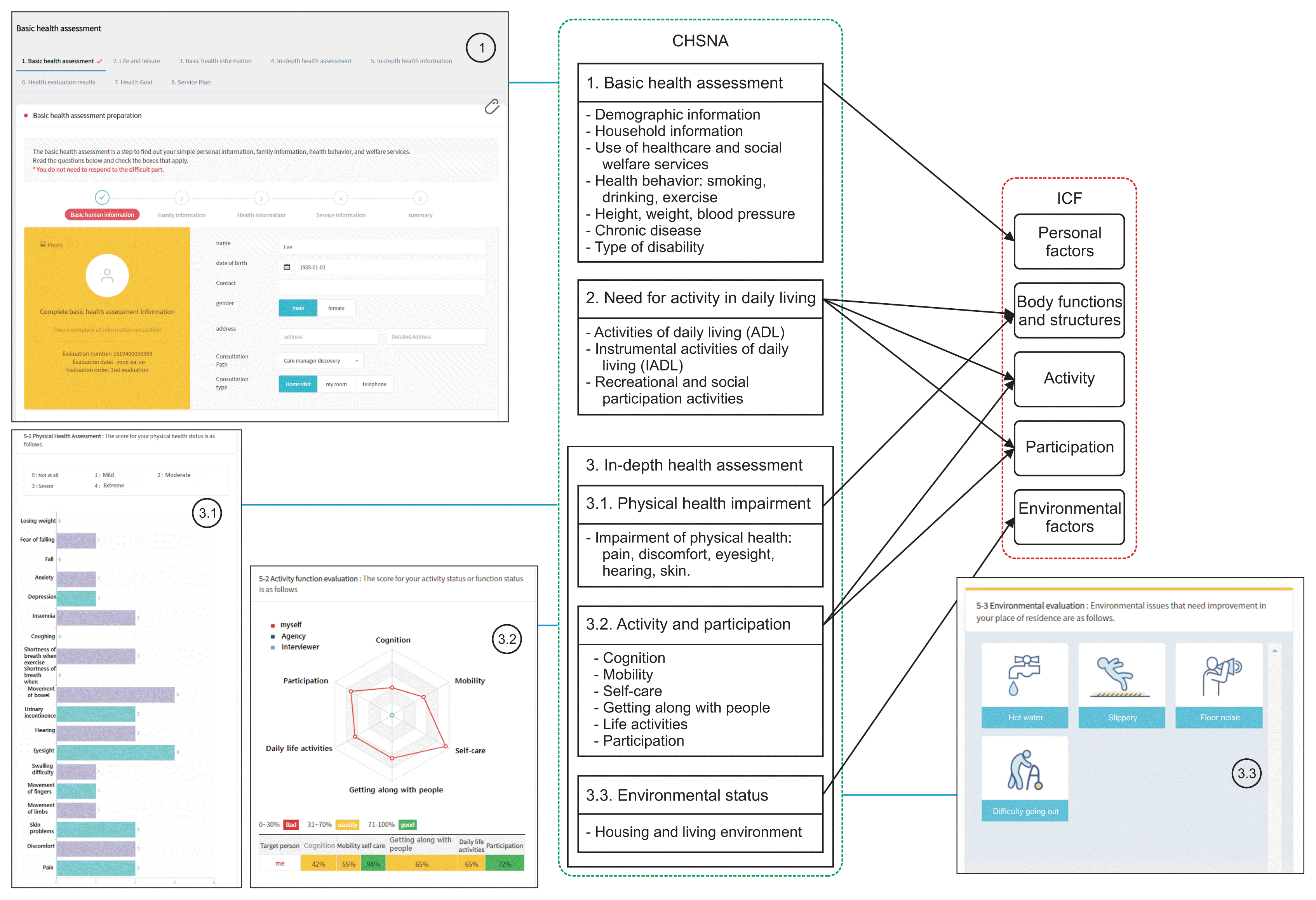
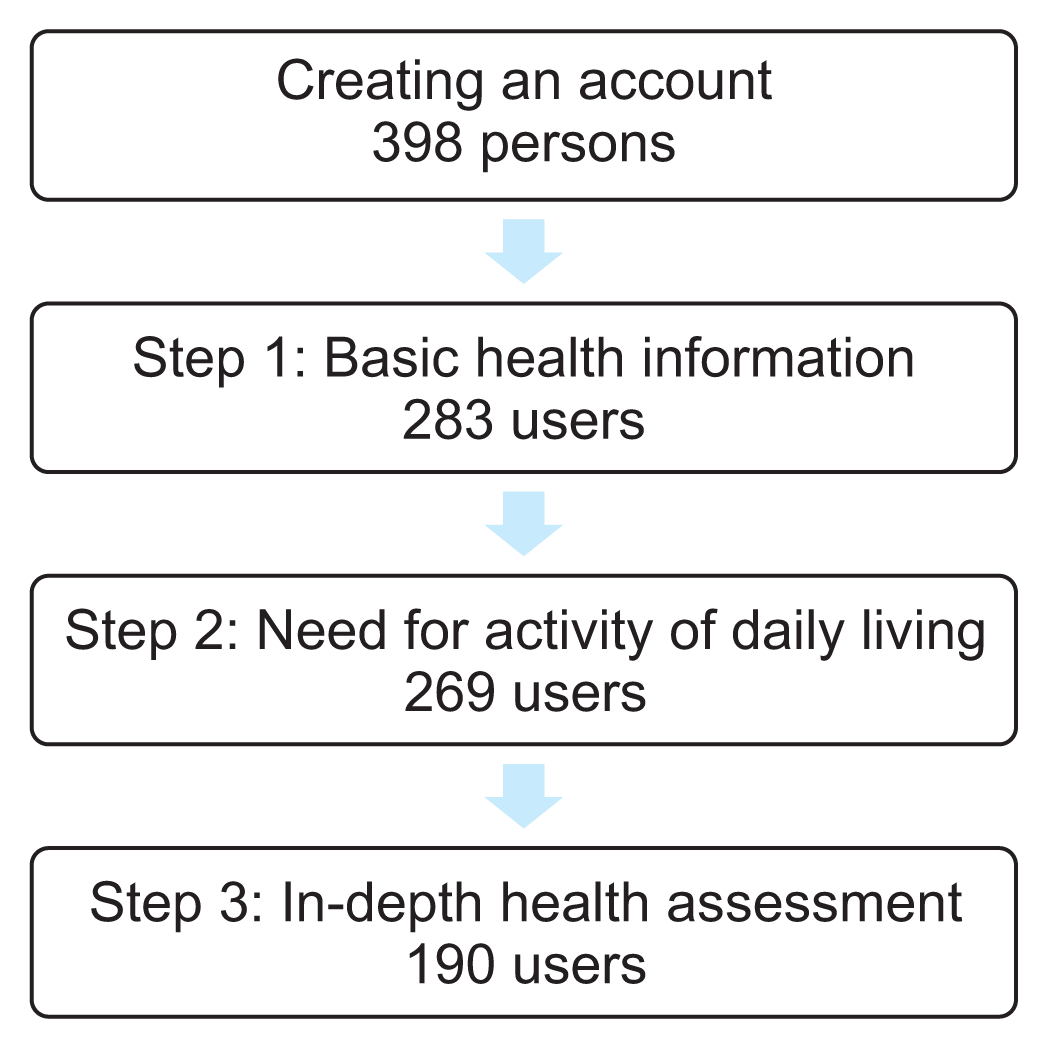
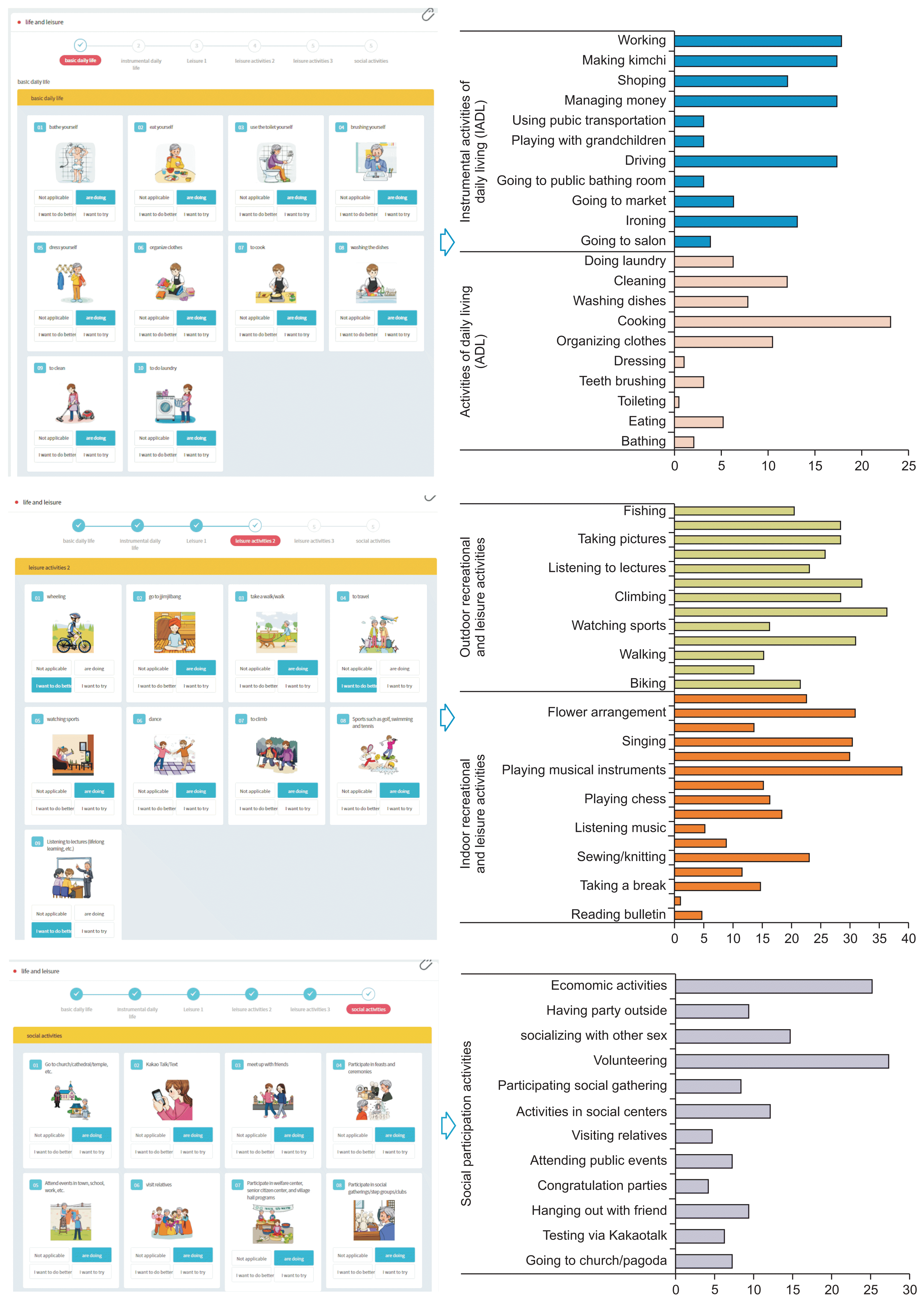




 PDF
PDF Citation
Citation Print
Print



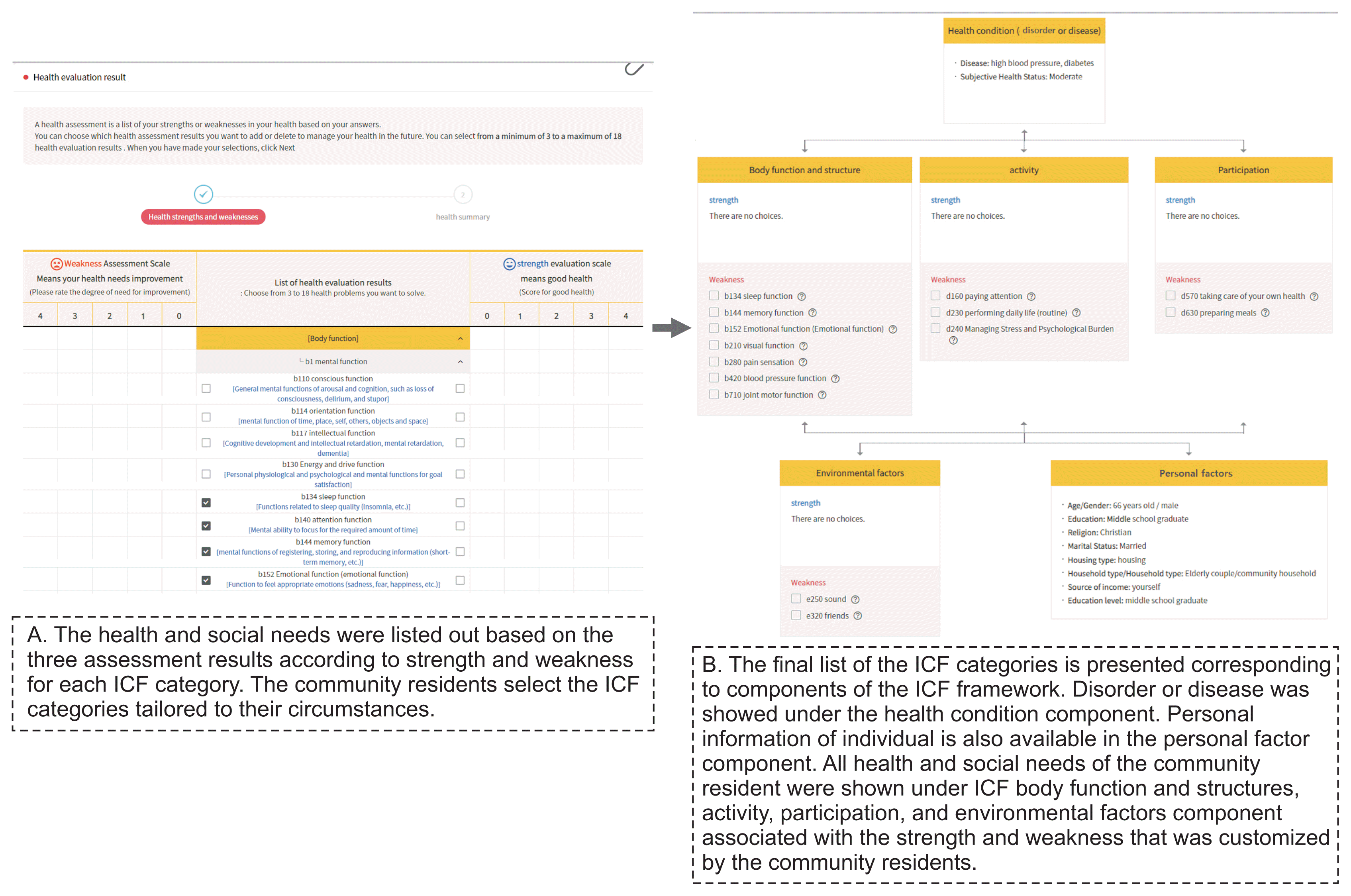
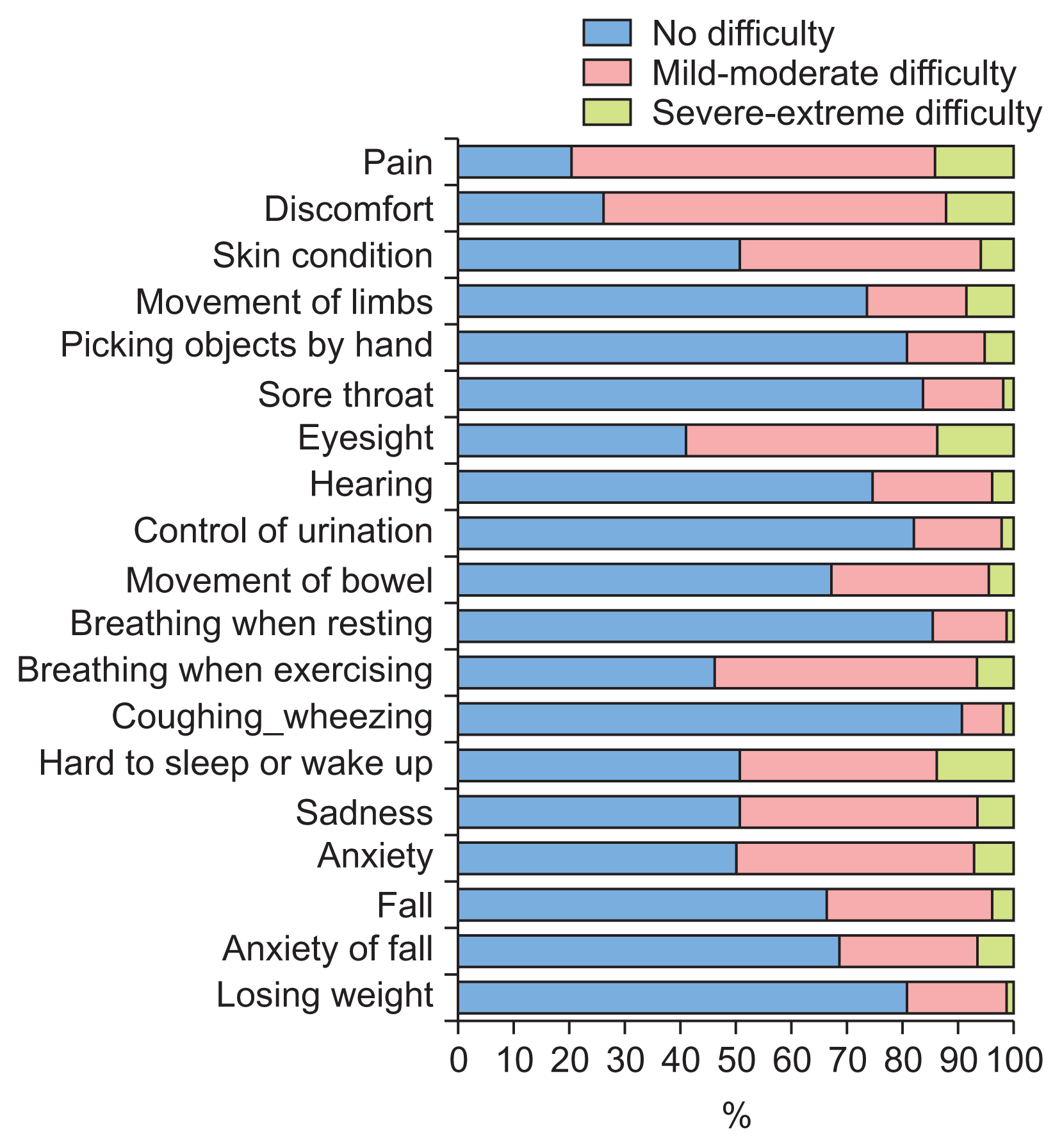
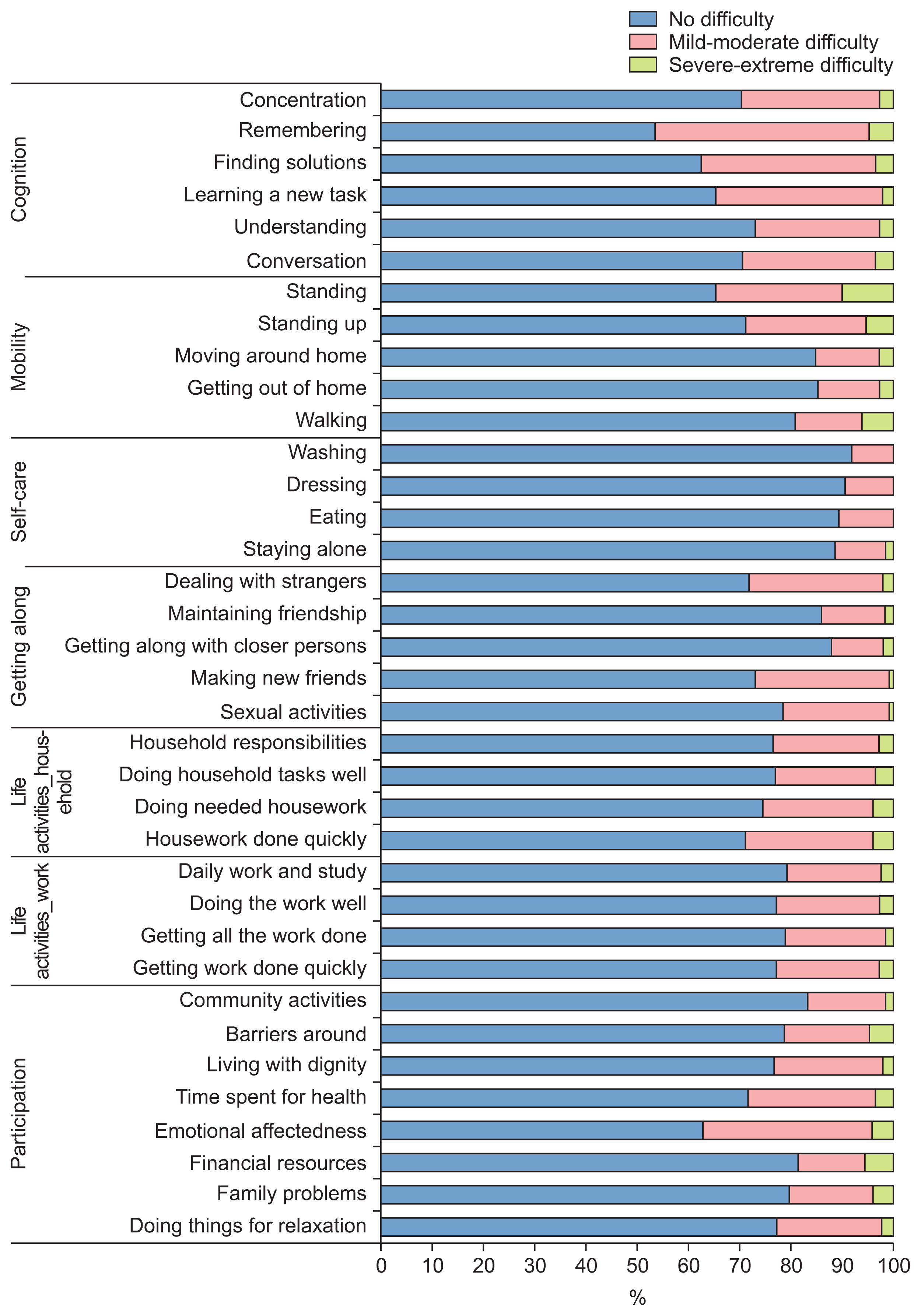
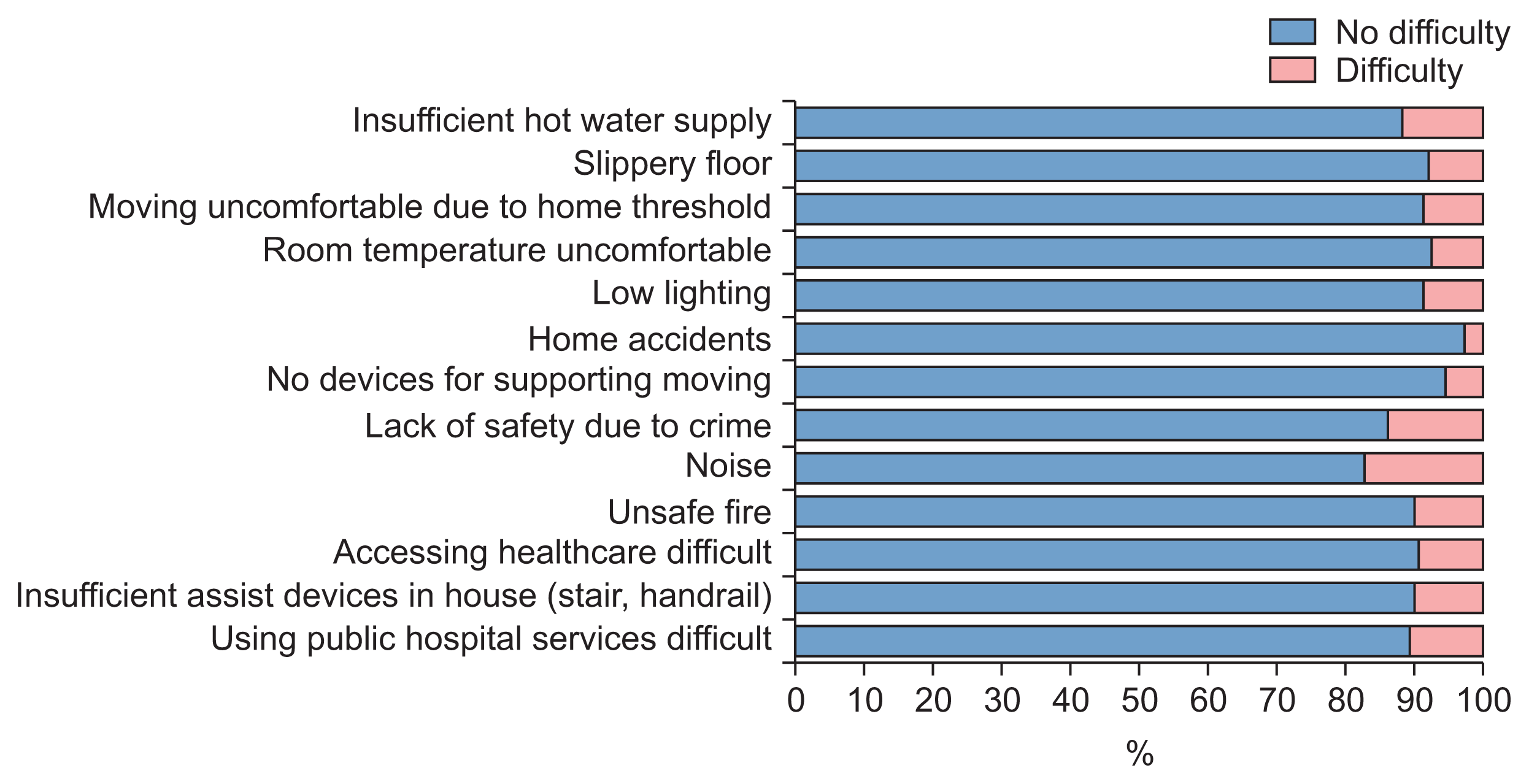

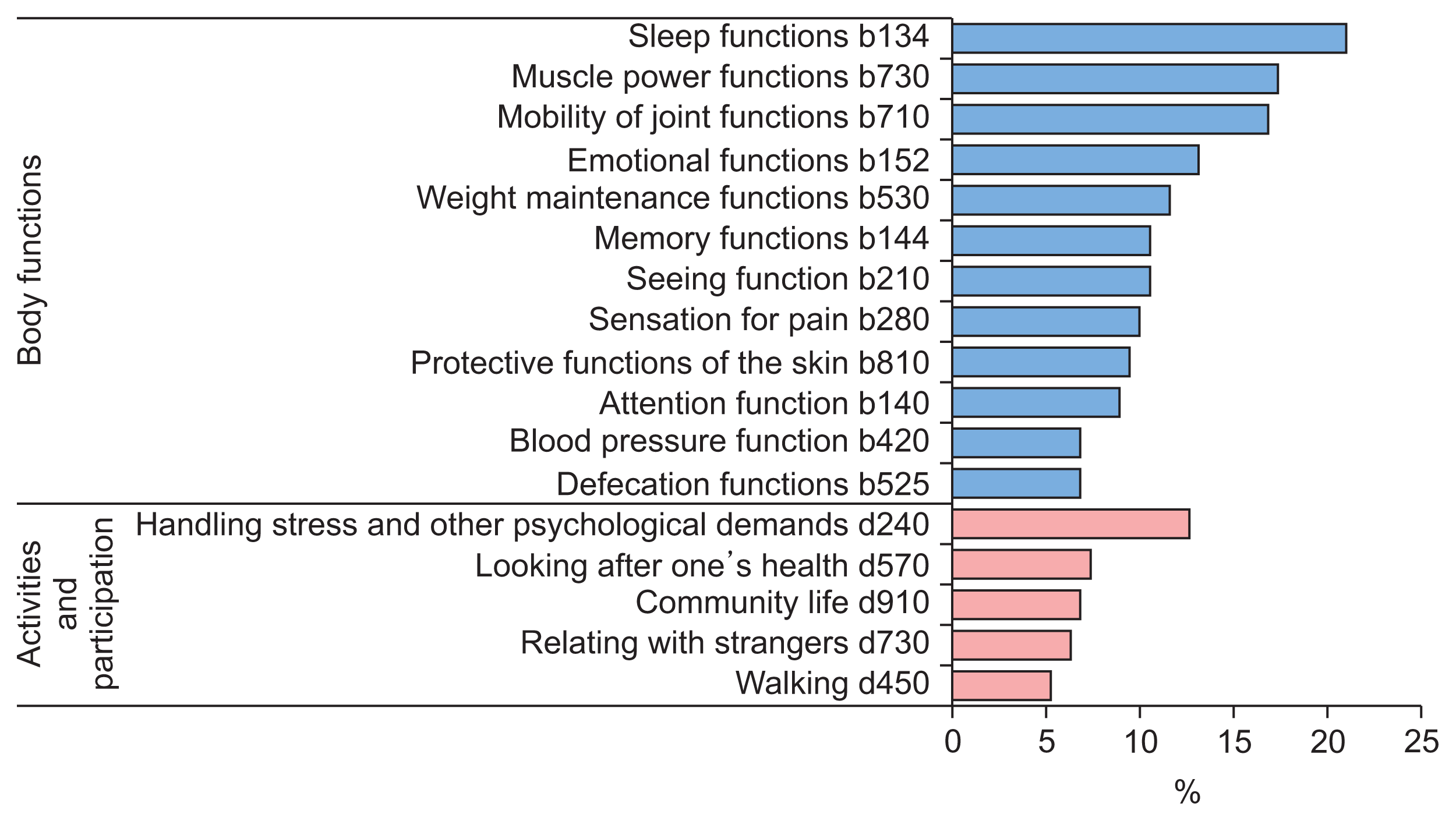
 XML Download
XML Download